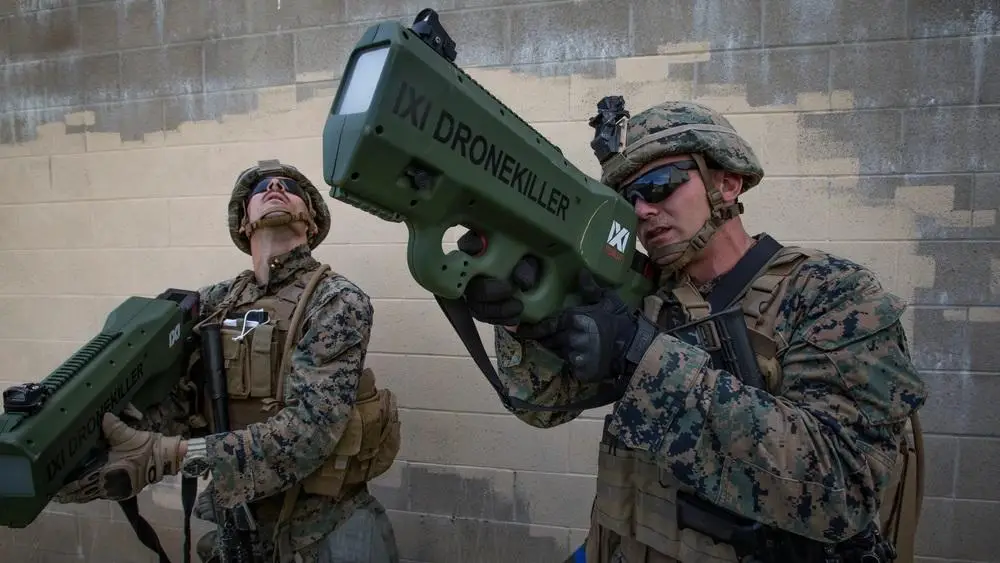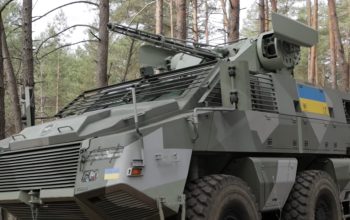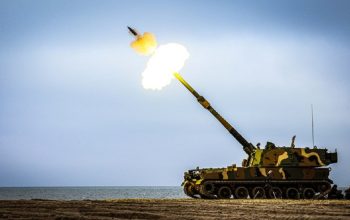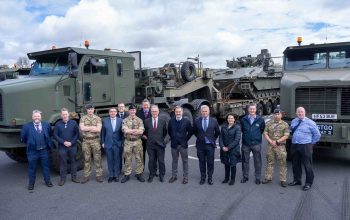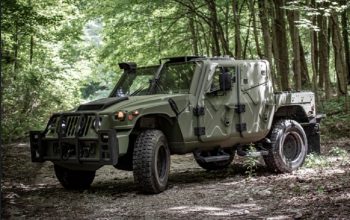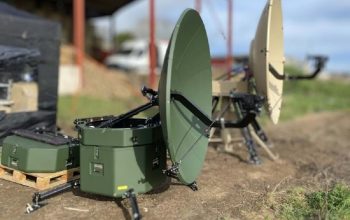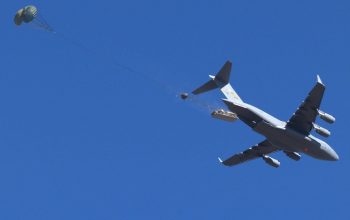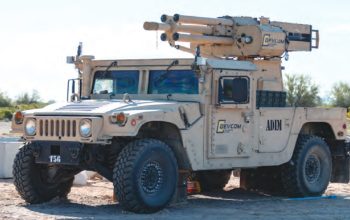U.S. Department of Defense (DoD) leadership recently approved a new strategy to lead and direct Counter-Small Unmanned Aircraft Systems (C-sUAS) activities across the Department. This strategy will provide the framework for addressing sUAS hazards and threats in a variety of operating environments, including the U.S. homeland, host nations, and contingency locations. Adversary UAS represent a rapidly proliferating, low-cost, high-reward asset for intelligence, surveillance, reconnaissance and lethal attacks on U.S. personnel and interests. To lead and direct efforts for identifying and prioritizing joint gaps and C-sUAS solutions, the Defense secretary designated the Army as the DoD executive agent for C-sUAS activities. The Army secretary then established the Joint C-sUAS Office (JCO) and designated Maj. Gen. Sean A. Gainey as its first director. The recently approved DoD C-sUAS strategy emphasizes a new approach that is focused on rapid innovation, synchronization of materiel and non-materiel solutions, and relationships with allies and partners.
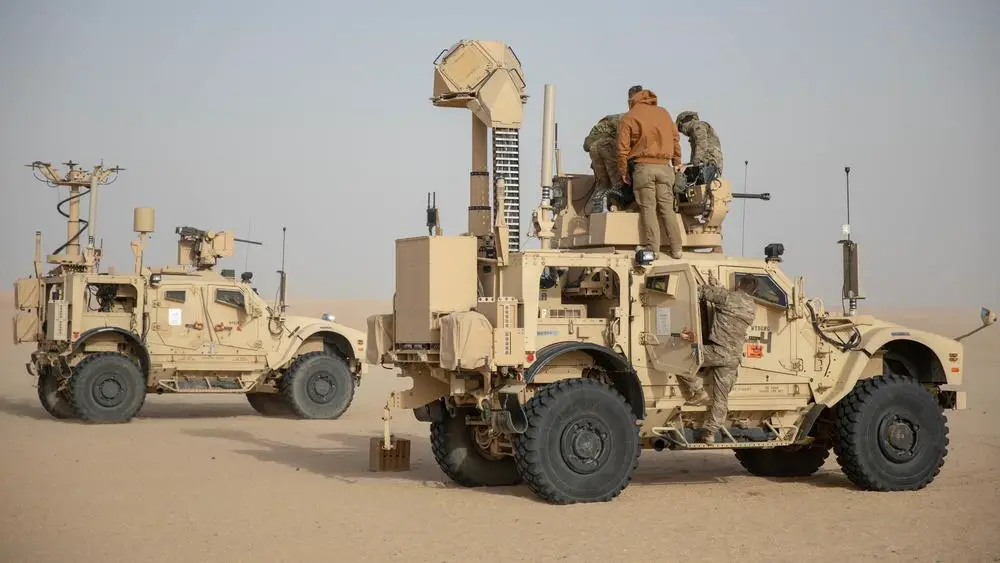
These strategic objectives will be achieved by working through three lines of effort:
1) Ready the Force: Focuses on the development of innovative solutions using a risk-based approach to guide investment in C-sUAS capabilities. This LOE will guide the rapid development of a suite of solutions that addresses emerging DoD requirements.
2) Defend the Force: Emphasizes the provision of mission-ready forces that are able to deter and defeat sUAS threats. This can be done through the development of operational concepts and doctrine, establishment of joint training standards and refinement of existing training content.
3) Build the Team: Stresses partnership with the national security innovation base, federal and non-federal entities, allies, and partners to facilitate rapid development and deployment of effective C-sUAS solutions while maximizing interoperability. Leveraging existing relationships and creating new partnerships will enable innovation, prevent technology gaps, and expand information and security data sharing.
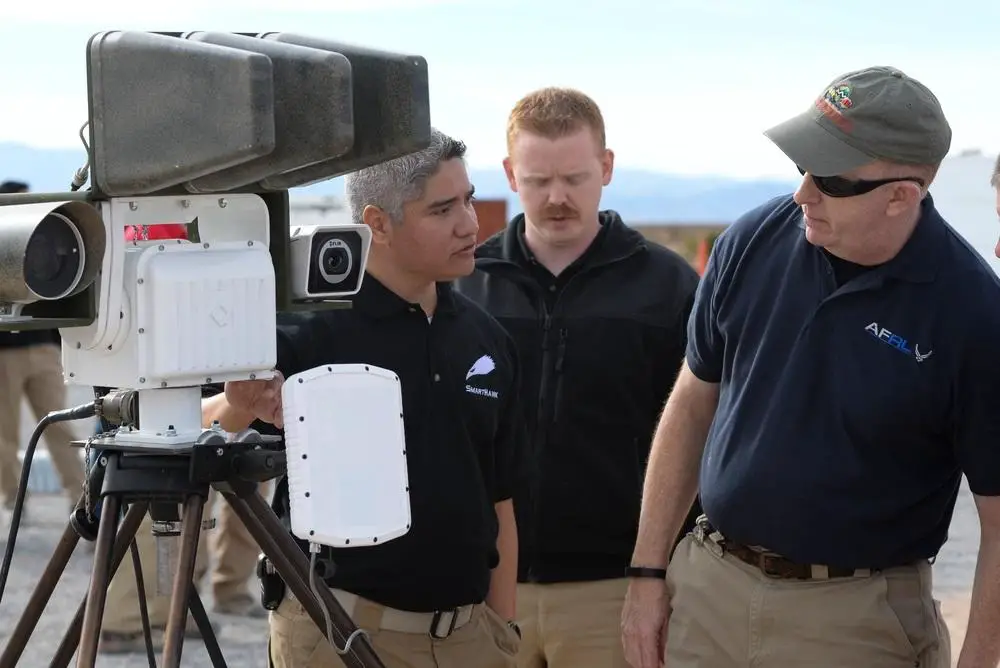
At home and abroad, U.S. forces will increasingly encounter sUAS and must be able to detect, track, identify, and, if necessary, deter, deny, or defeat them. Even legitimate but reckless use of these systems in the vicinity of DoD forces and facilities can impede U.S. Armed Forces operations. Addressing the range of actors and operating environments will require Armed Forces to align training, doctrine, materiel, policies, and authorities. Through the implementation of this strategy, the Department will successfully address the challenge posed by both hazard and threat sUAS operating within the U.S. homeland, in host nations, and in contingency locations. Commanders in all of these varied operating environments will have the solutions they need to protect DoD personnel, facilities, assets, and missions from both current and future sUAS threats. Guided by our Strategic Objectives, we will develop and deploy effective systems, complemented with doctrine and training products, that provide the Joint Force with capabilities to successfully counter current and future sUAS threats and hazards as part of a layered defense. Through this holistic approach, the Department of Defense will ensure the Joint Force is both ready to meet today’s
challenges and prepared for the future.
